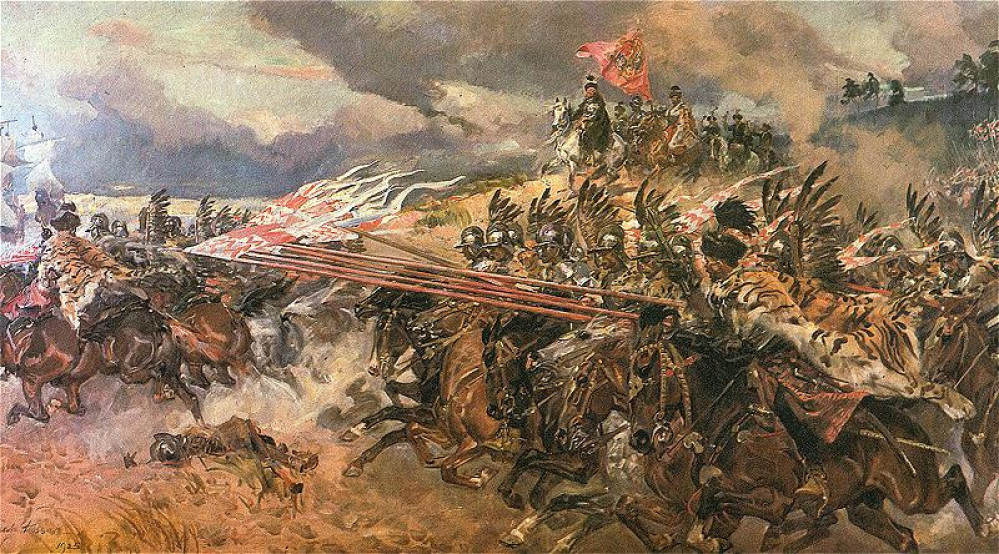
Husaria - Building a Polish army for the 1620s
More Polish-Lithuanian cossack cavalry
This entry sees a new unit of cossack cavalry joining my Polish-Lithuanian Commonwealth army.
“Gustavus then prizes one cossack banner that having had been assaulted and circled completely by the 4 Swedish cornets, yet despite having been in a tight corner, with such a valour in their midst was explaining itself with cold steel …” A comment on the Swedish King’s view following the Battle of Honingfelde/Trzciano 1629.
These 28mm figures are from a mixture of manufacturers. The riders are from TAG, Warlord and Foundry, with the horses all coming from TAG. The figures have had some minor conversions, to add carbines, and other equipment, mostly from TAG with some bits from the Warlord plastic cavalry set.
In a previous post, where I covered the previous unit of cossacks that I completed, I gave a description of this type of cavalry, along with the figures, conversions and the nail art stickers used in constructing them.
I have now used these cossack cavalry in a few games. Here are the factors that I have been using for games using Warlord’s ‘Pike & Shotte’ rules.
For those not familiar with ‘Pike & Shotte’ these factors translate as follows (all comparisons are with the typical ‘harquebusier’ cavalry of the period, that makes up the majority of Swedish cavalry in the tabletop battles I have fought):
As Light Cavalry they move slightly faster. They are also able go in to a ‘skirmish’ or open order formation that makes them a more difficult target for shooting, and allows them to evade from formed troops.
- They are slightly less hard hitting, and slightly more vulnerable, in melee. (I may look to vary this in future and have some units more comparable with the Swedish harquebusiers.)
- The ‘Marauder’ special rules means there is a no negative modifier for the distance from the general when orders are issued. This allows them to operate in a more dispersed manner, that seems appropriate for these light troops.
This combination of factors has seen the cossacks being most successful when either supporting the heavier Hussars, or operating on the flanks of the enemy formations. They have been less successful when expected to take on frontally the Swedish cavalry.
I’d be interested to hear about how other think the cossack cavalry should perform on the tabletop.
In the next entry I will be looking at some temporary defences supposedly used by the Swedish troops in the 1626-9 campaign against the Poles.
Until next time!
Andy @ The Friends of General Haig.










































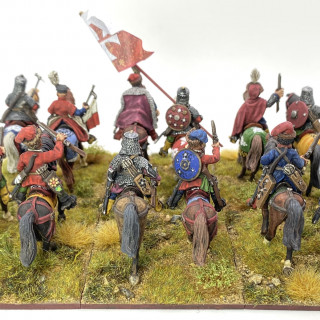


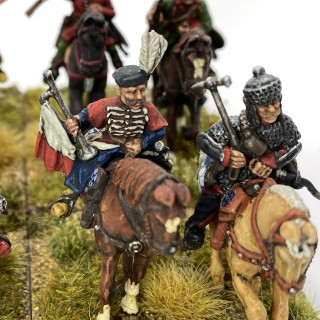
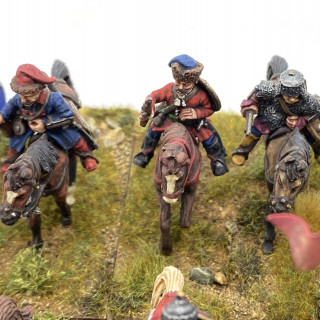
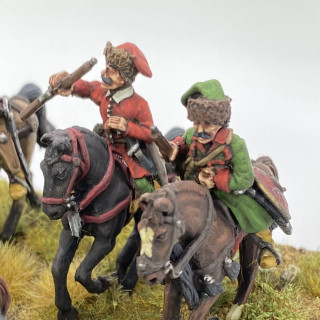
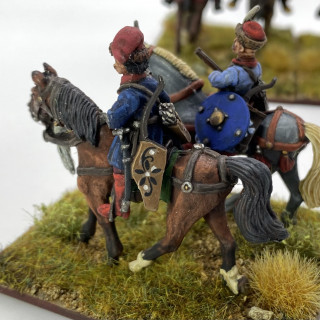

































Great work! As always! From what I remember from history lessons, Cossacks riders during battle were extremely versatile, they would provide fire support for Husaria, protects wings and trains, but also skirmish and engage in deceptive actions, rarely, but not never, charge head on. That all being said, there was more than one type of those units, depending on army, theatre, period etc. That pretty much aligns with what you wrote. Also, they had many tasks beside their battle roles (less interesting from table top gaming perspective). Today they are most remembered from their actions against Turks and Crimea Tatars… Read more »
Many thank, Shingen! Much appreciated.
Sounds like I’m on the right track for my cossack cavalry. I feel like I ought to do a unit or two of “lighter” cossack cavalry – perhaps primarily bow armed.
No worries, I’m excited to see interest in Polish history. As for light, bow armed Cossacks, that to my knowledge would push them more towards Lithuanian army (not Crown), but again these were barely regimented, unified units so you have broad license here. Also bows are probably more characteristic for XVth/XVIth century, in VXIIth I’d rather see Tatars (in Polish and Crimean or Turkish armies) using bows – but I’m not expert. One thing about Cossacs that may be fun as a scenario on table top, is train defence. It was one of their main tasks, and they would use… Read more »
Plenty of ideas there – many thanks, Shingen ?.
2022-06-21 Your project has been visited by the unofficial Hobby Hangout. Huzza!
Thanks for the visit ?. Watched Gerry and you taking a stroll through the projects and it was as enjoyable as always. Glad you’re still enjoying the project ?.